The Chinese associated Zuben Elgenubi with a badger (below ground and
down in his den of course)
"Badger, quadruped, Meles taxus, which
burrows and lives in earths ... perh. f. BADGE+ARD,
with allusion to the white mark on the animal's
forehead ... Identity in form with (dial.) badger,
middleman, huckster, has suggested that the latter
was the original and that the animal was so named
because it hoards corn (which it does not) ..."
(English Etymology)
- at the opposite
side of the sky dome compared to the place of Birth
(Bha) of the Sky (Ragi) → Barani:

|
Te Pito O Te Kainga
(352-364) |
365 |
Te Pu Mahore (1-13) |
|
39 he rai atanga |
40 he ravi kana |
41
he ravi pako
|
1 he hiva matua |
2 he hiva poki |
|
Ra'i, T. 1. Sky.
2. Palace. 3. Prince. Henry.
Taga. 1. Act,
business, anecdote; taga poki,
anecdote, nonsense, story, puerile,
childish. 2. Sack. PS Sa., Fu., Niuē,
Viti: taga,
a bag. To.: taga,
the colon; tagai,
a sack. Churchill.
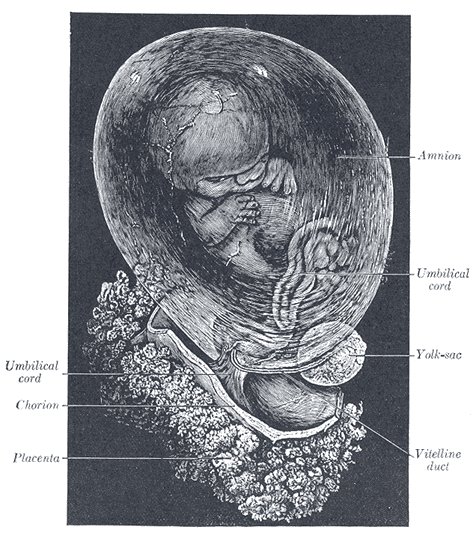 |
|
FEBR
24 (55) |
25 |
26
(422) |
2-27 |
28
(*344) |
 |
 |
 |
 |
 |
|
Gb8-6 |
Gb8-7 (448 = 229 + 219) |
Gb8-8 (220) |
Gb8-9 (450) |
Gb8-10 |
|
μ
Arietis (39.4),
HEAD OF THE FLY = 35 Arietis
(39.6),
KAFFALJIDHMA (Part of a Hand)
=
γ
Ceti,
θ
Persei (39.8)
*363.0 = *39.4 - *41.4 |
π
Ceti,
ο
Arietis (40.0),
ANGETENAR (Bend in the River)
=
τ¹
Eridani,
μ
Ceti (40.2),
RIGHT WING = 39 Arietis
(40.9) |
Bharani-2 (Yoni) /
Stomach-17 (Pheasant)
π
Arietis (41.2),
MIRAM (Next to the Pleiades)
=
η
Persei
(41.3),
BHA-RANI
= 41 Arietis (41.4),
τ²
Eridani,
σ
Arietis (41.7) |
TA LING (Great Mound) = τ Persei
(42.4)
*1.0 = *42.4 - *41.4 |
ρ
Arietis (43.0),
GORGONEA SECUNDA =
π
Persei
(43.5),
ACAMAR
(End of the River)
=
θ
Eridani
(43.6),
ε
Arietis (43.7),
λ
Ceti (43.9)
DENEBOLA (β Leonis) |
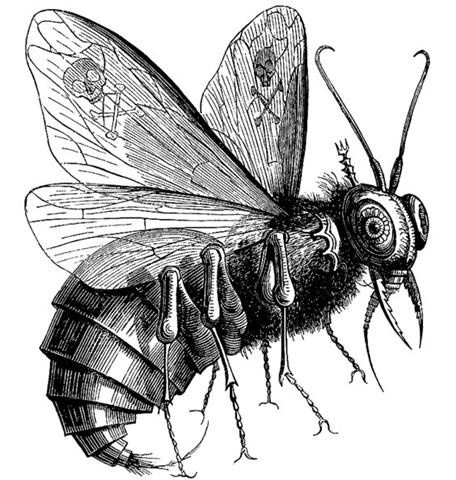 |
|
April
29 |
30
(365 + 120) |
May 1
(*41) |
2
(122) |
3
(*408) |
|
°April 25 |
26 (*36) |
27 |
28 (118) |
29 (*404) |
|
'April 2 (92) |
3 |
4 (*14) |
5 (460 = 450 + 10) |
6 |
|
"March 19 (78) |
20
(*364) |
0h |
22
(446) |
Tarahao 23 (459) |
|
343
(= 7 * 7 * 7) |
485 -
141 = 344 |
345
(= 15 * 23) |
346 =
446 - 100 |
459 -
112 = 347 |
|
CLOSE
TO THE FULL MOON: |
|
AUG
26 |
27 |
28 |
29
(*161) |
30
(242) |
|
31 Bootis
(222.0),
YANG MUN = α Lupi
(222.1),
RIJL AL AWWA = μ Virginis
(222.5), ο Bootis (222.9) |
IZAR =
ε
Bootis
(223.0),
109 Virginis,
α
Apodis (223.3),
μ
Librae (223.8) |
Al Zubānā-14a (Claws) /
Visakha-16 (Forked) /
Root-3 (Badger)
ZUBEN ELGENUBI
(Southern Claw) =
α
Librae
(224.2),
ξ
Bootis,
ο
Lupi (224.5) |
KOCHAB (Kakkab)
= β Ursae Min.
(225.0), ξ Librae (225.7) |
KE KWAN (Cavalry Officer) =
β
Lupi
(226.3),
KE KWAN =
κ
Centauri (226.4),
ZUBEN ELAKRIBI
(Claw of the Scorpion) =
δ
Librae
(226.8),
π¹
Oct.
(226.9)
*185.0 = *226.4 - *41.4 |
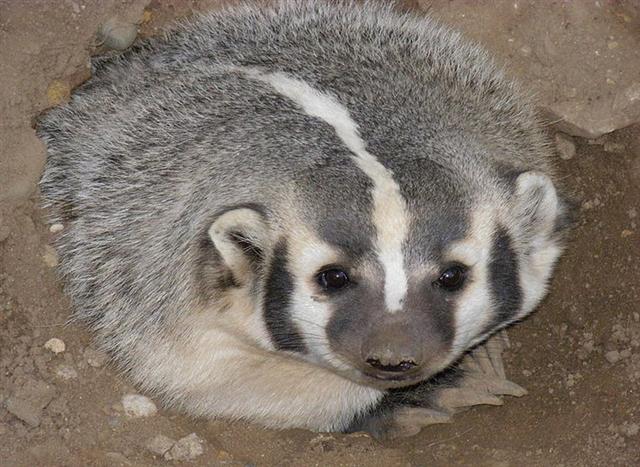
...
at the ancient time of Bharani the star
at the North Pole was not Polaris but β
Ursae Minoris - Kochab (as in Babylonian
Kakkab = Star) ...
Kochab was at the opposite side of the
pole compared to Polaris, and thus also
at the opposite side in the right
ascension circle. It meant Kochab was
not very far from the Full Moon when the
Sun was at Polaris ...
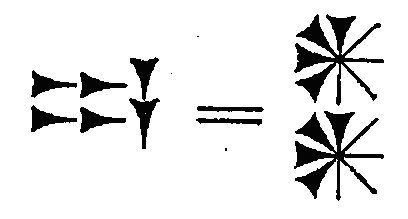
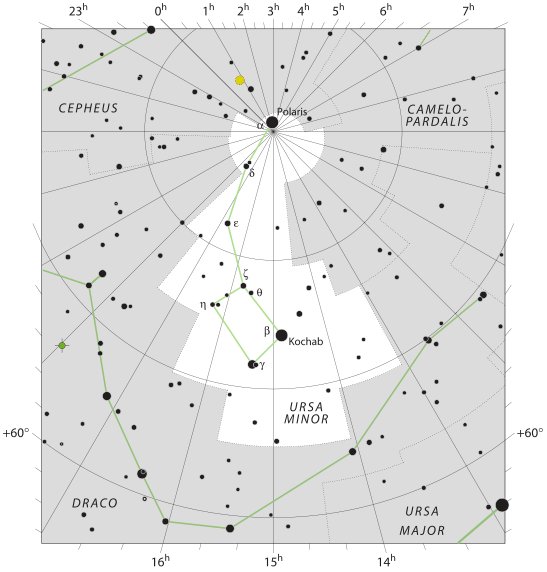 |
|
Oct
29 (*222) |
30 |
31
(304) |
Nov 1 |
2 |
|
°Oct 25 |
26 |
27 (300) |
28 |
29 (*222) |
|
'Oct 2 (*195) |
3 |
4 (277) |
5 |
6 |
|
"Sept 18 |
19
(*182) |
20
(263) |
Hora
Nui 21 (276) |
Equinox |
|
*81 |
*182
- *100 |
*83 |
*84 |
*226
- *141 = *85 |
On Easter Island they looked to the Full Moon (Hotu)
in order to read the time of the year. Beyond
the yam (carpe diem) roots there were an additional 36 days
to the Footstool of the Giant:
|
BHARANI (*41.4) |
35 |
CURSA (*76.4) |
|
ZUBEN ELGENUBI |
35 |
MULA |
...
The word is from Al
Kursiyy al Jauzah, the Chair, or Footstool,
of the Central One, i.e. Orion ...
The Hindu nakshatra structure had the Root (Mula)
- Bunch of roots tied together (ε, ζ, η,
θ, ι, κ, λ, and μ Scorpii) - where the Full
Moon reached day 10 after Antares.
|
Egyptian courtyard |
 |
Phoenician heth |
 |
Greek eta |
Η (η) |
|
... The letter shape
ultimately goes back to a hieroglyph
for 'courtyard' ... possibly named
hasir in the Middle Bronze
Age alphabets, while the name goes
rather back to
hayt, the name reconstructed
for a letter derived from a
hieroglyph for 'thread'

... The kaikai are the
rythmic songs that are sung to cat's
cradles, the string games that are
found not only throughout the
Pacific but throughout the world. On
premissionary Rapa Nui the
kaikai, together with their
corresponding cat's cradles, were
not simple children's games but were
used, among other things, to produce
magic effect. They were highly
important for the study of Rapa
Nui's rongorongo. This is
because it was apparently with the
aid of cat's cradles that the
rongorongo experts taught their
pupils to learn many of the chants
accompanying the incised
inscriptions
...
... string games could be resumed
after it was clear that the Sun had
managed to leave the horizon and was
rapidly gaining in altitude: 'Before
the sun starts to leave the horizon
... when it shows only on the
horizon, ... then string games were
no longer allowed as they might
lacerate the sun. Once the sun had
started to go higher and could be
seen in its entirety, string games
could be resumed, if one so wished.
So the restriction on playing string
games was only applicable during the
period between the sun's return and
its rising fully above the horizon
...
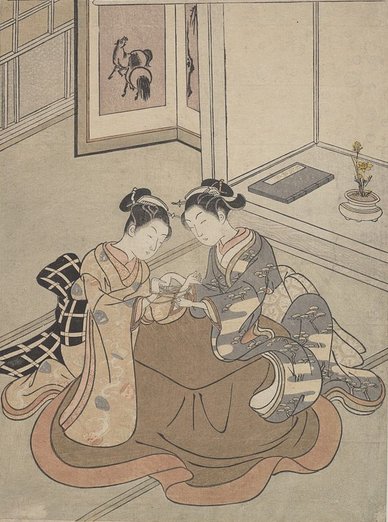 |
I.e., it was at the
time when
the Explorers turned around to go home in
Tangaroa Uri 25.
|
8
he ngu haha tea. |
9
he mango. |
10
he
hahara rapanui 1
he ti. |
1
he kape. |
The taro variant 9 he
mango. was presumably a verbal sign
corresponding to the glyph type Metoro
helped me name mago - a sign of the
tail (end):
 |
180 |
 |
|
5 |
186 |
|
vaha mea |
mago |
|
182 days |
Hara. Harahara 1.
Misaligned (of roofing, basketware, etc.);
e harahara nó te kete, the basket is
misaligned (its strips are not parallel. 2.
A sort of taro. 3. Latrine, defecating
ground. Vanaga. 1. Pandanus. P Mgv.: ara,
puhara, pandanus (tree); hara,
a bunch of pandanus fruit, old pandanus.
Mq.: faá haá, pandanus. Ta.: fara,
id. 2. Error, mistake, oversight, wrong; to
err, to confound, to mistake; manau hara,
illusion; toua hara, discussion
without knowing the object. P Mgv.: ara,
arara, defective, abortive, to miss,
to fail, a fault, a quarrel; hara, a
fault, a mistake, an error, a dispute, a
quarrel, undisciplined. Mq.: hara, a
rake, libertine. Ta.: hara, sin,
fault, crime. Churchill.
Ti by lying with Tattooing made the
ti plant (he ti ki ai ki roto ki a
he ta ka pu te ti). Burnt ti
leaves were used to produce the black dye
for tattooing.

Kape. 'Bitter-taro' (Alocasia
macrorrhiza). In 1957 kape
was still cultivated in much the same
way as dry taro. It is a type of food to
be eaten during times of famine.
According to Fuentes (1960:856), the
tubers had to be kept in the earth-oven
for 15 (sic) days in order to
eliminate some of the poisonous
components. Barthel 2. Arum, yam.
Churchill. Bitterness by doing it with
Bad-taste produced the kape (mangeongeo
ki ai ki roto he rakerake ka pu te kape).
|
|
APRIL 1
(59 + 32) |
2 |
3 (*13) |
4 |
5 (95) |
 |
 |
 |
 |
 |
|
Ga1-11 |
Ga1-12 |
Ga1-13 |
Ga1-14 |
Ga1-15 |
|
HAEDUS II
= η Aurigae
(75.9) |
5h (76.1)
ε
Leporis (76.0),
CURSA
(Footstool)
=
β
Eridani
(76.4),
λ
Eridani (76.7)
*35.0 = *76.4 - *41.4 |
μ Aurigae, μ Leporis (77.6) |
ĸ Leporis (78.0),
RIGEL
(Foot)
=
β
Orionis
(78.1),
Flaming Star = IC405
(78.2),
CAPELLA
=
α
Aurigae
(78.4),
ο
Columbae,
τ
Orionis (78.8)
*37.0 = *78.4 - *41.4
THUBAN (α Draconis)
|
λ Aurigae (79.0), λ Leporis (79.6), ρ
Aurigae (79.7)
ARCTURUS (α Bootis) |
 |
|
June 4 |
5 |
6 (157
= 314 / 2) |
7 (94 + 64) |
8 (*444) |
|
°May 31 (151) |
°June 1 |
2 (*73) |
3 (94 + 60) |
4 (*440) |
|
'May 8
(128) |
9 |
10 (*50) |
11 (94 + 37) |
12 (*52) |
|
"April 24
(114) |
Vaitu Nui 25 (*35) |
26 (4 * 29) |
27 (94 + 23) |
28 (118 = 4 * 29) |
|
... The Explorers had
left their old homeland in "April 25 (115) -
implying the synodic cycle of Mercury - and
they had returned
half a year later, in "October 25 (298 = 115
+ 183), which was 10 days after the arrival
of the Royal Double Canoe ... |
|
CLOSE TO
THE FULL MOON: |
|
OCT 1 (91 + 183) |
2 (275) |
3 |
4 |
5 |
|
17h (258.7)
ARRAKIS = μ Draconis
(258.7) |
Mula-19 (The Root)
SABIK
(The Preceding One) =
η
Ophiuchi
(259.7),
η
Scorpii (259.9) |
NODUS I =
ζ
Draconis
(260.0),
π
Herculis (260.7),
RAS ALGETHI
=
α
Herculis
(260.8) |
SARIN =
δ
Herculis
(261.0),
ο
Ophiuchi (261.4)
*220.0 = *261.4 - *41.4
ALRISHA (α Piscium) |
ξ Ophiuchi (262.2), θ Ophiuchi, ν Serpentis, ζ, ι Apodis (262.4), ι
Arae (262.8), ρ Herculis (262.9)
*221.0 = *262.4 - *41.4 |
|
Dec 4 |
5 |
6 (*260) |
7 |
8 (342) |
|
°Nov 30 |
°Dec 1 (335) |
*(8 * 32) |
3 |
4 |
|
'Nov 7 |
8 (*232) |
9 |
10 (314) |
11 |
|
"Oct 24 |
Tangaroa Uri 25 |
26 |
27 (300) |
28 |
|
... Page E:86 tells about Makoi being
left behind on Easter Island when the
remaining 5 Explorers sailed home to Hiva.
From there (Tangaroa Uri 25) to the
day when king Hotu became worried
about where king Oto Uta was, i.e. in
Tangaroa Uri 30, there were 5 days:
|
April 25 (115) |
5 + 56 |
June 25 (176) |
5 + 116 |
Oct 25 (298) |
5 + 56 |
Dec 25 (359) |
5 + 116 |
|
61 |
2 * 61 |
61 |
2 * 61 |
|
183 |
183 |
|
366 = 2 * 183 = 6
* 61 |
And from the autumn equinox (265) at Antares
to the Sting of the Scorpion (υ
Scorpii) there were 15 days
...
 |
...In
the legends of the Polynesian Islanders, notably
those of the Hervey group, the stars in the
Scorpion, from the two lettered μ
to λ and υ
[i.e., with a pair of stars at both ends],

were the Fish-hook of Maui,
with which that god drew up from the depths the
great island Tongareva; and the names and legend
that Ellis, in his Polynesian Researches,
applied to Castor and Pollux in Gemini, the
Reverend Mr. W. W. Gill asserts, in his Myths
and Songs of the South Pacific, belong here,
and are the favorites among the story-tellers of
the Hervey Islands.
They make the star
μ¹ a little girl,
Piri-ere-ua, the Inseparable, with her
smaller brother, μ²,
fleeing from home to the sky when ill treated by
their parents, the stars λ
and υ, who followed
them and are still in pursuit
...
... Thus was dry land fished
up by Maui, which had lain beneath the sea ever
since the great rains that were sent by the Sky
father and the god of winds. The Maori people
say that the north island of Aotearoa,
which certainly is shaped much like a fish, is
Te Ika a Maui; and according to some
tribes the south island is the canoe from which
he caught it. And his hook is the cape at
Heretaunga once known as Te matau a Maui,
Maui's Fishhook (Cape Kidnappers). In some of
the other islands which lie across the sea
towards Hawaiki, the people say that
theirs is the land that Maui pulled up from
below ...
Day 300 in the epoch of Bharani was when
Al-Risha (the Knot) culminated (as observed
at 21h at the time of rongorongo) and this was
183 days after the right ascension day when
Thuban culminated - there was thus a close
connection in mind between the star at the pole and the
star at the beginning of the year.
... Thuban had been the star
at the North Pole when the great Egyptian
pyramids where built
... The star could be seen, both by day and
night, from the bottom of the central passage of
the Great Pyramid of Cheops (Knum Khufu)
at Ghizeh, in 30° of north latitude, as also
from the similar points in five other like
structures; and the same fact is asserted by Sir
John Herschel as to the two pyramids at
Abousseir ...
... For some reason, too, it
had taken their fancy to place the Great Pyramid
almost exactly on the 30th parallel at latitude
29º 58' 51". This, a former astronomer royal of
Scotland once observed, was 'a sensible
defalcation from 30º', but not necessarily in
error: For if the original designer had wished
that men should see with their body, rather than
their mental eyes, the pole of the sky from the
foot of the Great Pyramid, at an altitude before
them of 30º, he would have had to take account
of the refraction of the atmosphere, and that
would have necessitated the building standing
not at 30º but at 29º 58' 22'
...
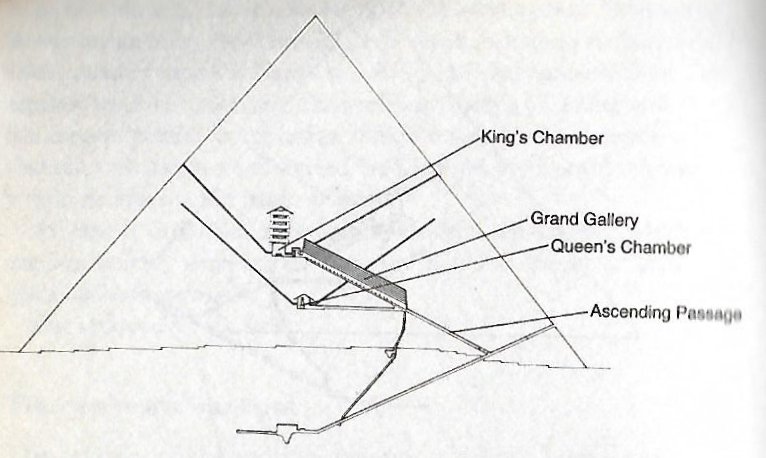
|















